Similar in their organic nature and spongy consistency which means that similar techniques must be used these materials are employed in a. - Barberini Ivory Justinian as Conqueror - ca.

The Emperor Triumphant Barberini Ivory Smarthistory
April 9 2021 For thousands of years animal teeth and tusks have been used as a carving material by humans to make ivory which is used to create items from small scale statues to boxes manuscript covers religious objects to fake teeth and even piano keys and furniture.

Barberini ivory material used to build. This leaf of a diptych is made up of a central plaque and four long and rectangular plaques but the right plaque is missing. It is made of five ivory plaques which are fitted together. By Theo Mak Drummer Singer Songwriter and History geek.
-used different materials-Shrinking empire-8th c. During the iconoclasm of the 8th century most icons like this were destroyed. The second piece of artwork is The Emperor Triumphant Barberini Ivoryis a large panel made out of ivory that date back to early 6th centuryThe large panel is divided into 4 smaller panel.
Justinian as world conqueror left leaf of a diptych Barberini Ivory mid-sixth century. The Barberini ivory is a Byzantine art ivory leaf from an imperial diptych dating from Late Antiquity now in the Louvre in Paris. Characteristics Uses Ivory is a type of dentine - a hard dense bony tissue which forms most of the teeth and tusks of animals - which has been used for millennia as a material for carving sculpturemostly small-scale relief sculptureor various.
Having second thought on religion so they destroyed icons. Ivory panels were used as book covers usually as a centerpiece that was surrounded by metalwork and gems. Barberini Ivory c.
Icons were items used as vehicles for prayer to God. She was also known as the Seat of Wisdom often holding a baby Jesus in her lap. Among some of the finest were images of Virgin Mary known as Theotokos bearer of God.
The Emperor Triumphant Barberini Ivory mid-6th century ivory inlay 342 x 268 x 28 Musée du Louvre Paris Speakers. Each panel is a deep carving of the emperor on a house christ a general and people that have been conqueredThis essay will compare and contrast the formal qualities of two artworks. It is estimated to have completed during the first half if the 6th century.
Also a building or hall in which art is displayed or sold. They were assembled from up to five smaller panels because of the limited width of the tusk. It is the famous piece known as the Barberini Ivory 1 kept in the Louvre.
The Barberini Ivory is an importance piece of Byzantine art combining both Christian and classical imagery. This is the only near-complete leaf of an imperial diptych to have come down to us and one of the most well-known artworks of the Byzantine Empire. Steven Zucker and Dr.
In Byzantium Ivory and bone are two materials that have been used since antiquity to produce both everyday and artistic objects. The Barberini Diptych and the Archangel Ivory are two significant examples of ivory carving from the first half of the sixth century. The five original panels one of which is now lost depicted an emperor generally identified as Justinian riding.
The Barbarini Ivory. Ivory Panel with Archangel The Emperor Triumphant Barberini Ivory The Vienna Dioscurides Virgin Theotokos and Child between Saints Theodore and George A chalice from the Attarouthi Treasure The Byzantine Fieschi Morgan cross reliquary Middle Byzantine Architecture Middle Byzantine church architecture Regional variations in Middle Byzantine. It owes its name to Cardinal Barberini to whom Peiresc gave it as a gift on the back is a list of Barbarian kings and officials of the region so.
Posted on December 7 2015 by mrsbowman1. It depicts an emperor as the triumphant victor. Barberini ivory is a byzantine ivory leaf from an imperial diptych.
The central plaque depicting the triumph of an emperor was carved in very high relief and even in the round in some sections.

Byzantine Art The Barberini Ivory Art Storia
The Emperor Triumphant Barberini Ivory Video Khan Academy
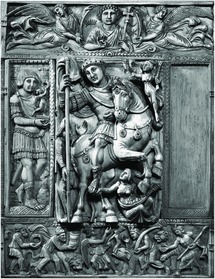
Imperial Thanksgiving The Commemoration Of The Byzantine Restoration Of Constantinople Chapter 2 Byzantine Art And Diplomacy In An Age Of Decline

Barberini Ivory Leaf And Diptych In Five Parts The Triumphant Emperor Justinian Constantinople 1st Half Of 6th Century 5 28 09 Museelouvre Byzantine Art Ancient Art Diptych

Byzantine Art The Barberini Ivory Art Storia

Byzantine Art The Barberini Ivory Art Storia

The Emperor Triumphant Barberini Ivory Video Khan Academy
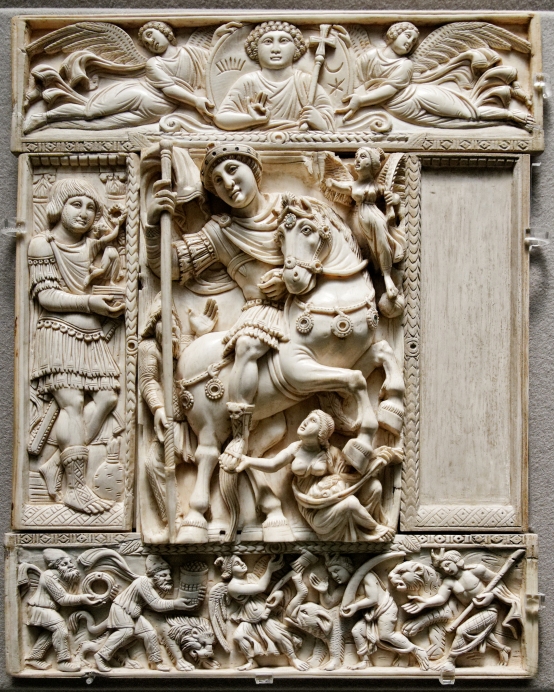
Barberini Ivory Ars Artistic Adventure Of Mankind

Byzantine Art The Barberini Ivory Art Storia

The Emperor Triumphant Barberini Ivory Mid 6th Century Ivory Inlay 34 2 X 26 8 X 2 8 Musee Du Louvre Paris Byzantine Art Byzantine Empire Art

Chapter 8 Byzantine Art Architecture Flashcards Quizlet

Barberini Ivory Detail Work Given To Cardinal Barberini 8261797
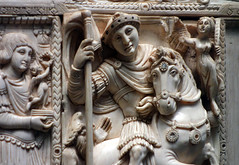
The Emperor Triumphant Barberini Ivory Smarthistory

The Emperor Triumphant Barberini Ivory Mid 6th Century Ivory Inlay 34 2 X 26 8 X 2 8 Musee Du Louvre Paris Byzantine Art Ivory Byzantine Empire
Justinian As Conqueror Equestrian Emperor Triumphant Or The Barberini Ivory Unt Digital Library
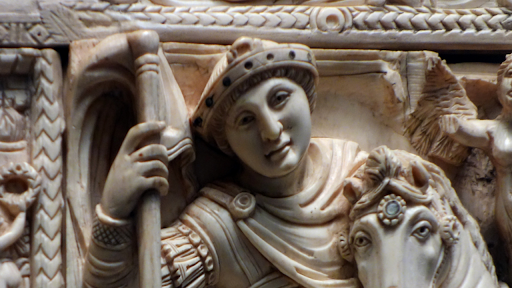
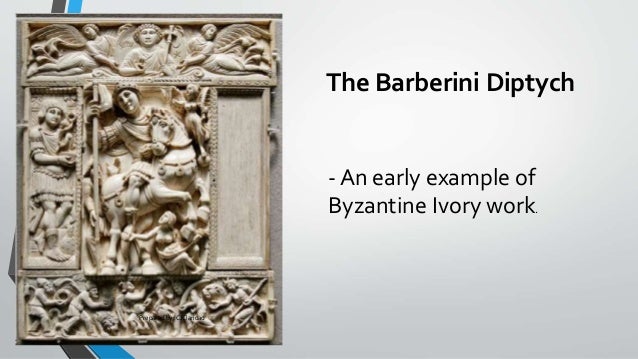

Comments
Post a Comment